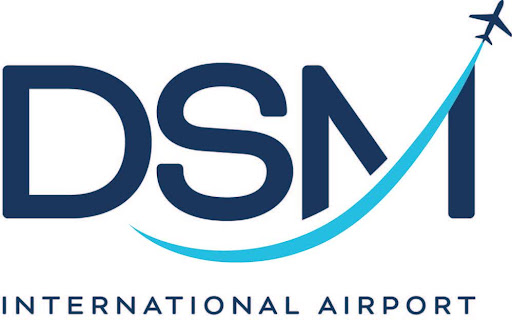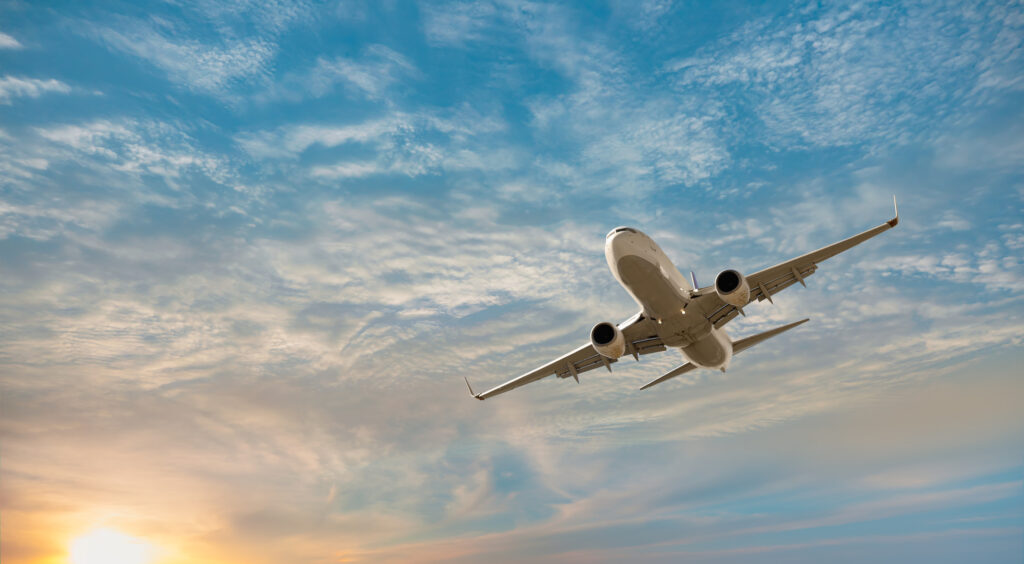Mineta, former U.S. transportation secretary remembers 9/11 on anniversary

“It’s something that if you had to think about what you were doing and go methodically through it, I’m not sure what I would have done,” Mineta said in an interview yesterday. “This was something that we had no playbook (for). We had no manuals about how to do stuff.”
Mineta was called to the White House bunker on the morning of 9/11, and was on the phone with a high-ranking official at the Federal Aviation Administration (FAA) after the third plane hijacked by terrorists had crashed into the Pentagon.
He knew that al-Qaeda had already attacked the U.S. economic icon World Trade Center buildings and a military icon in the Pentagon. And officials weren’t sure what was coming next.
“I said, ‘We don’t know what’s going on,'” Mineta said. “In the military, they have something called a stand down. When they don’t know what’s going on, they sort of bring everything to a screeching halt, sort of figure out what’s going on. And I said ‘We’ve got to have a stand down.'”
He gave the order to the FAA for all airplanes – there were 4,638 in the sky at the time — to land. The FAA official said he would order all planes to land per pilot discretion.
“I wanted every airplane in the air to get down to the ground as soon as possible,” he said.
It took about two hours and 20 minutes to safely land all the planes. In the meantime, Mineta and other White House officials learned of the airplane that crashed in Pennsylvania. They believed that terrorists were headed to either the White House or the U.S. Capitol Building to attack a political icon.
“They might have been after the White House or the Capitol; we’ll never know,” Mineta said. “But nevertheless, I will always be grateful to the people on that plane for what they did.”
Out of the aftermath, Mineta guided the creation of the Transportation Security Administration, which started with five people and grew to about 67,000 employees in a year.
And airports are “vastly safer” today, Mineta said.










